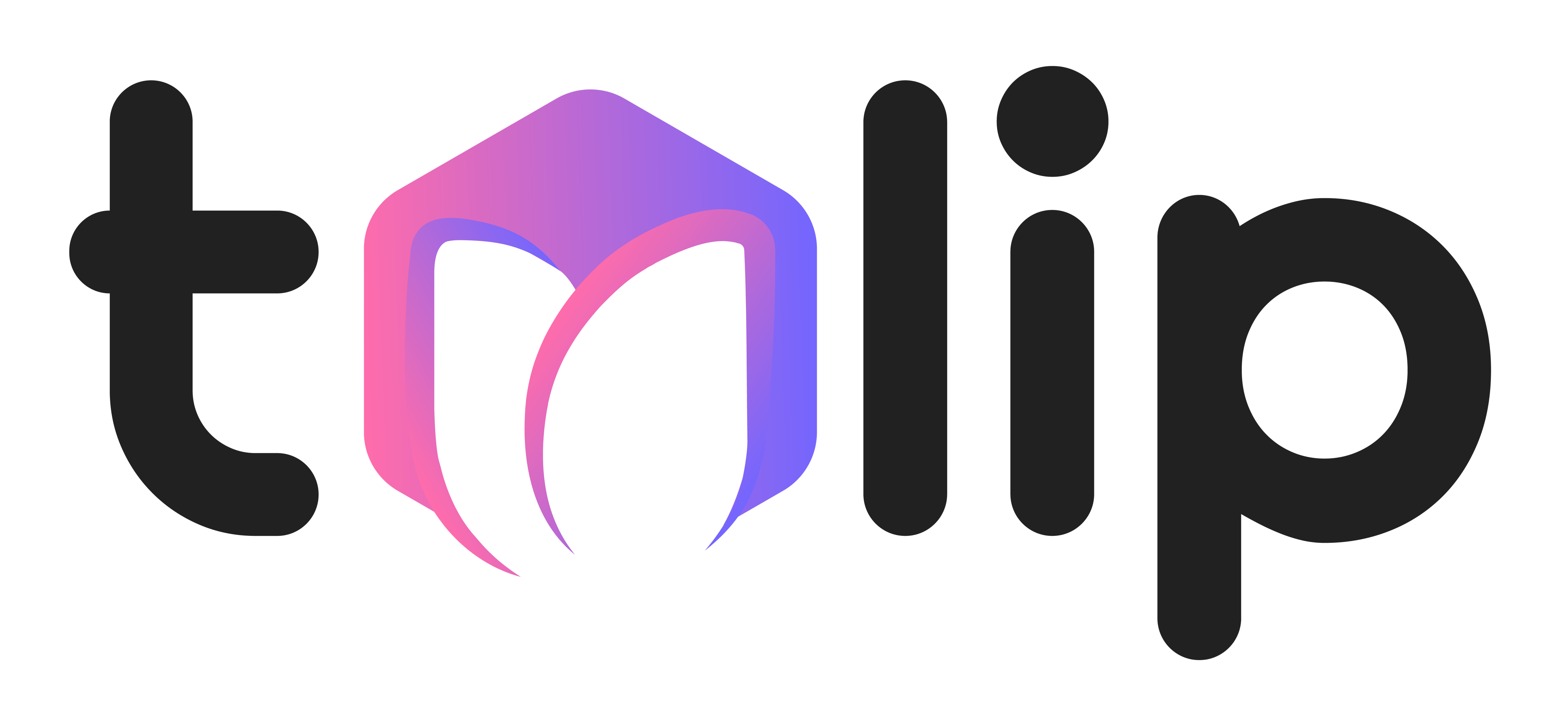
Cash Balance Reporting




Client portfolio

Our client is one of the largest liquor manufacturing companies in the United States of America, with a perfect blend of rich ancestral heritage and modern innovative flavor, working strenuously at finding the right balance between staying ahead of customers’ expectations and delivering quality experiences.
Overview – Origins
Any company that spans its operations across multiple regions across the globe must deal with multiple financial institutions for maintaining its financial transactions. With such a ginormous scale of business, it is traditional for the financial institutions or banks to send across a detailed report of the transactions happening within their scope on a daily basis. This report is very important as it focusses on Cash balances, which would serve the company to gain an idea on its reserves and project the business for the upcoming days.
The many banks that the company does business with, send across their reports on a daily basis as individual emails with digital PDF files, which may be password encrypted or may employ other security measures. Further, the ERP system of the company may be populated partially with such data by means of certain transactions running already. A resource from the Treasury team is responsible for collating all these data from the ERP system as well as the digital PDF files. This resource has to then make some manipulations by populating the data in an excel sheet and store it in a SharePoint location, from which he/she projects the data as reports to the higher management.
This is another yet-to-be applied upon area of automation. In this essential and important business process, Tulip exhibits its intelligent automation capability by automating end-end and achieving purely touchless automation.
Problem statement – The Past
With this business process scenario, the resource from Treasury team of our client does all afore mentioned activities manually. This was proven to not only be tedious, but also sensitive, considering the transactions with money. Also, there were many nuances to take care of, in the like that some banks use password encryption on their digital PDFs. Further, the time taken for this activity was considerably more, in the sense that this was a daily activity.
Also, accounting for the time differences in the receipt of the digital PDFs from different banks, this activity had to be performed regularly, refreshing any old data. Which means that in the process of working with real time data, the reports getting projected always had a time-lag accounting for the time taken by the resource to fetch data, make entries, calculate and make reports.
Our Solution – The Present
As a result of detailed analysis, BeezLabs suggested a solution that would automate the entirety of the business process and keep the automation touchless. The first step was identifying and segregating the source of data necessary for reporting. The data which is automatically getting populated in SAP which is the ERP system falls under one category. The data to be fetched from digital PDFs of banks which are not encrypted in any way falls under the second category. The data to be fetched from password encrypted digital PDFs are part of the third category.
With this source identification, the solution fetches desired data from sources of different categories and populates them in a pre-desired format in a SharePoint file. From this SharePoint file, data is projected in the desired graph formats in a dashboard on PowerBi.
Also, owing to the fact that the banks may send out the Cash Balances PDF files at any time of the day, and accounting for the time-lapse encountered due to the different time zones, this automation solution is pre-configured to run every hour on every day. This way, it is ensured that no new data is missed out and that all reports are up to date with real time data.
Value delivered – The Outcome







Potential extended scope – The Future
In the future where any more banks are added or any regions incorporated anew, this automation solution can easily be extended by just adding the new entities in the Rules section. Further, as Cash Balance Reporting is almost uniform across enterprises and as banks mostly use the same format for their digital PDF files, this solution can be applied across with just minor modifications, based on the ERP system under use. The potential therefore is multifold and that makes this a very interesting case study.

